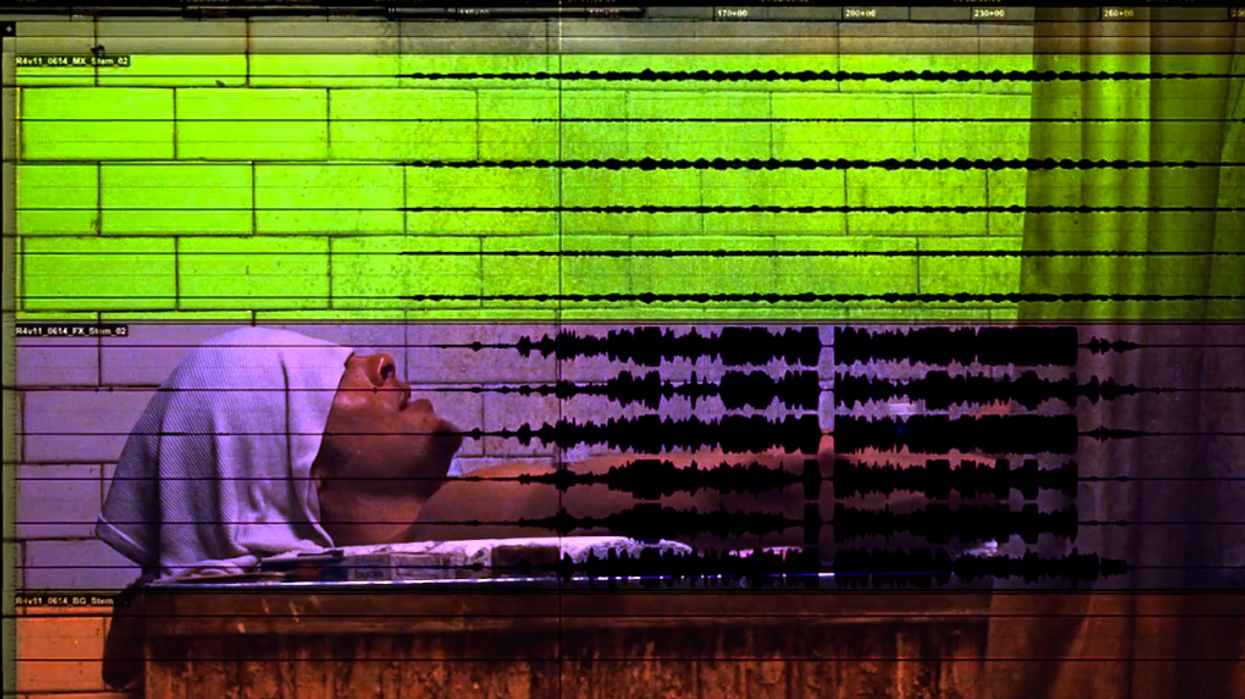How Walnuts and Chicken Carcasses Helped Make the Sound in 'Fight Club' Bloody Amazing
Weird territory is a common place to go when you're doing sound for a film, just ask the sound designers who worked on "Fight Club."

Foley is one of the areas of filmmaking that piques the interest of people both inside and outside the industry, but despite this interest, its trade secrets remain largely clandestine. This can be frustrating for filmmakers who are designing the sound on their film themselves, but in this video essay from Film Radar, you get to learn how sound designers Ren Klyce and Richard Hymns approached David Fincher's Fight Club to give depth, texture, and believability to its most bloody and vicious scenes.
Now, even if every foley artist in the world shared all of their trade secrets with you, like Klyce and Hymns' use of chicken carcasses, walnuts, and celery wrapped in plastic wrap to make realistic punch and impact sounds, it wouldn't really help you become that much more adept at sound designing. It plays into the old adage: "Give a man a fish and you feed him for a day. Teach a man to fish and you feed him for a lifetime." Learn individual foley tricks and you can design some sound effects. Learn important concepts and you can become an actual sound designer.
One of the most important concepts of sound design and foley is finding a way to make sound effects blend in seamlessly with the visuals to the point that the audience doesn't even know that what they're watching and what they're hearing weren't actually captured at the same time. In other words, great sound design is invisible.
Once you understand that, you can allow your creativity to take control and experiment with different objects, surfaces, textures, and materials—individually and in combination—in order to create sound effects that will fool your audience. So, watch behind-the-scenes videos of foley artists at work to get inspired, but practice, practice, practice to get truly educated.
Source: Film Radar

 No Film School's coverage of
No Film School's coverage of 









